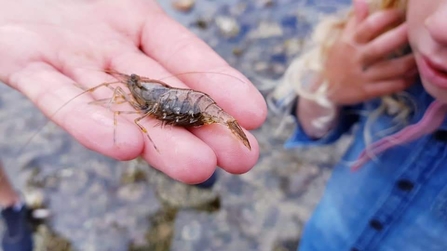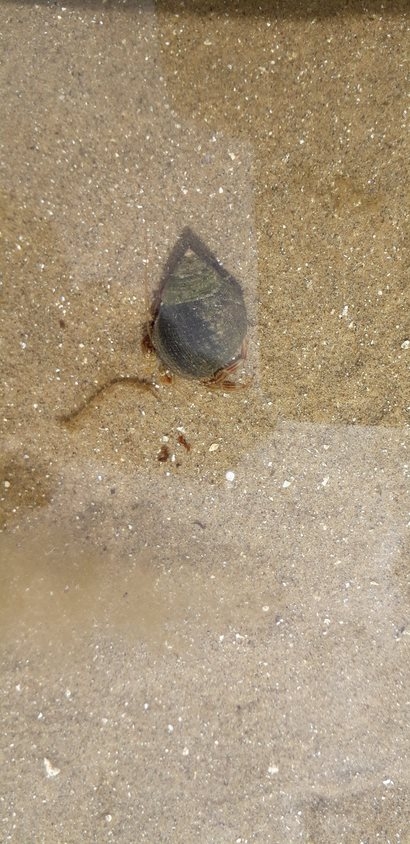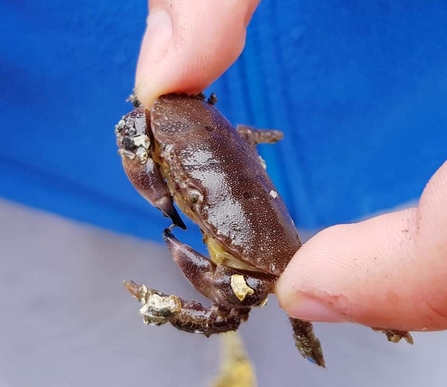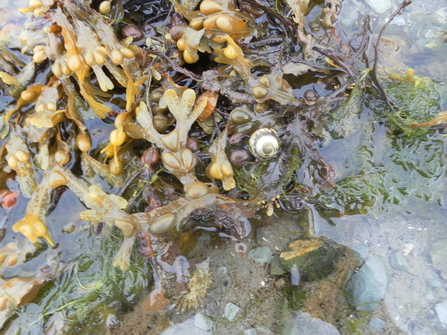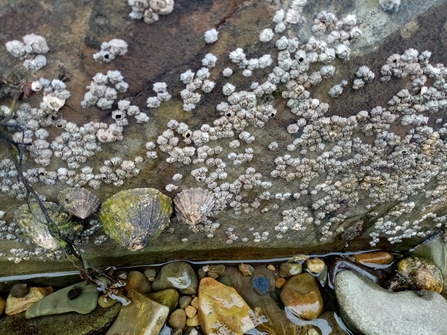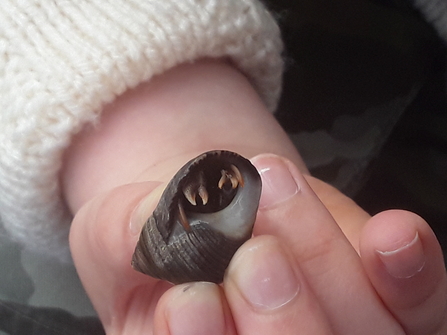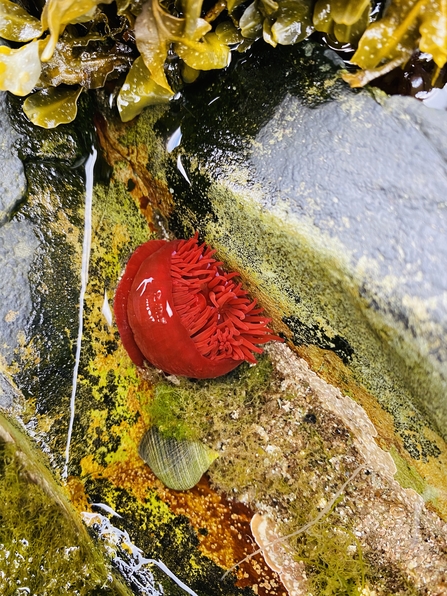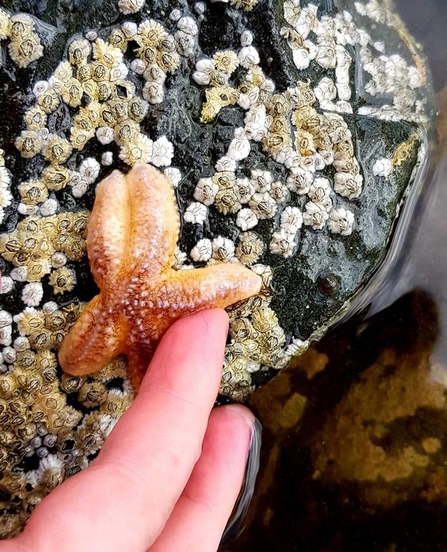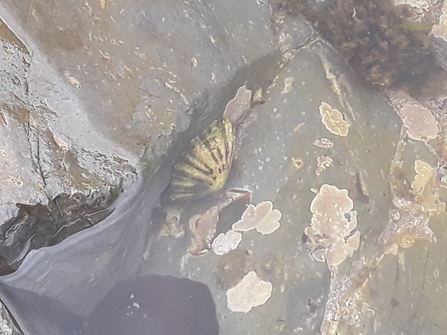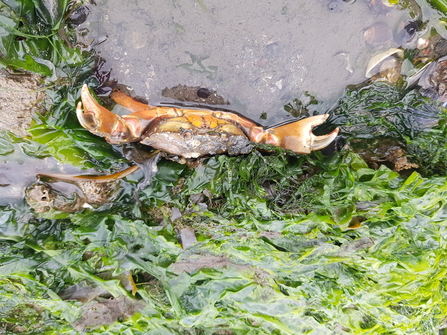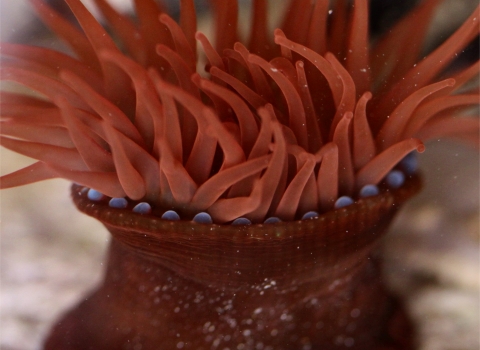We know very little about our rocky shore wildlife, but your Big Rockpool Ramble records will help to plug this gap. Over time, we hope to build up a better picture of the species around our coasts and to understand how they are changing over time, the effects of invasive species and the impact of climate change.
In total, you recorded over 79 different rocky shore species.


